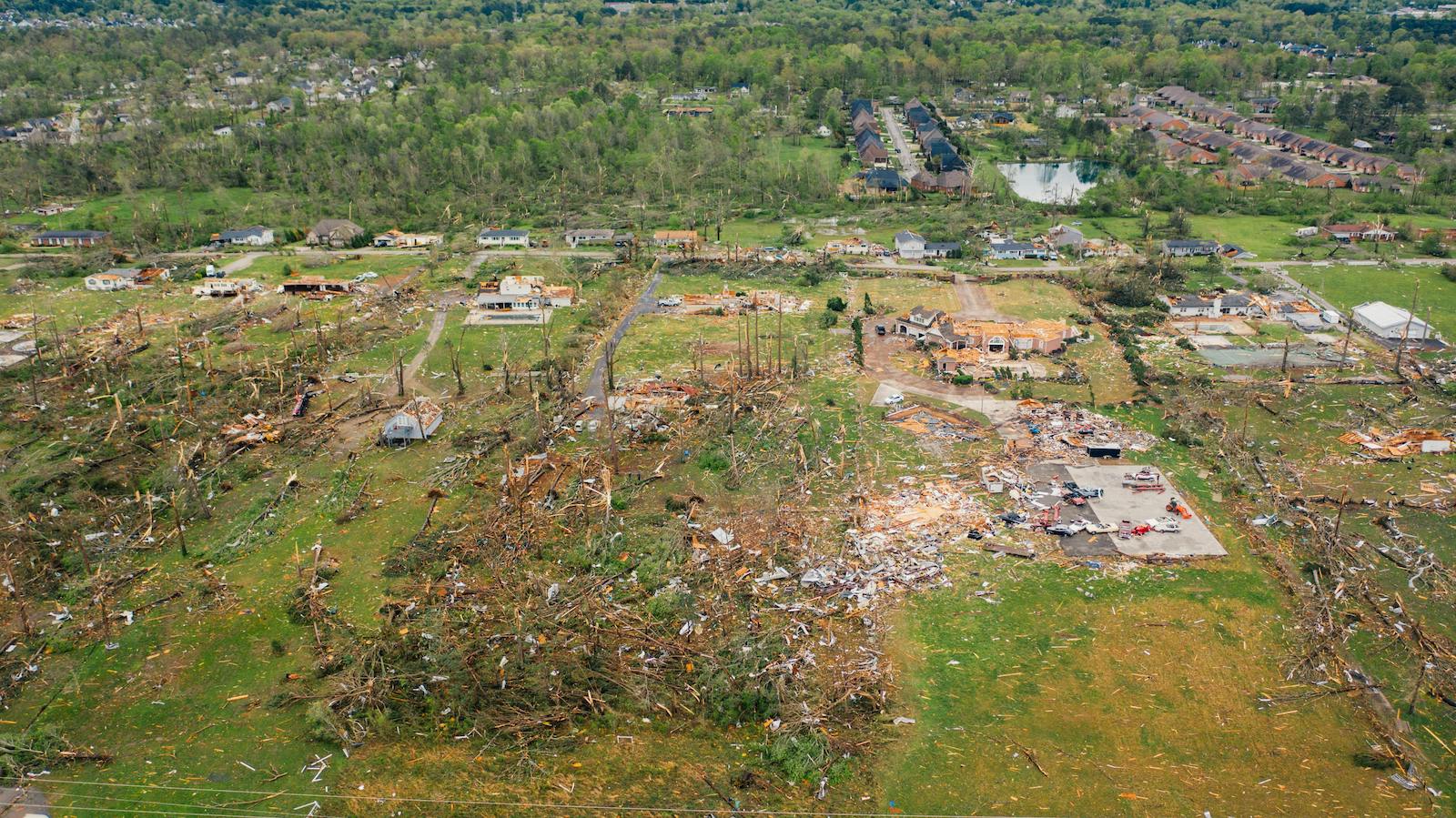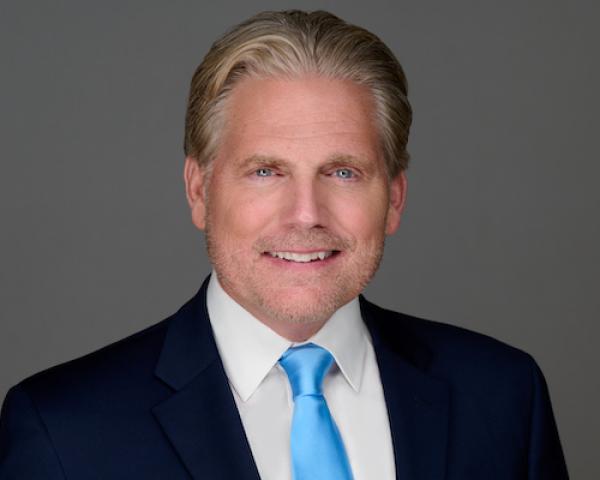Natural disasters have always strained the American landscape. In recent years, Americans have grown accustomed to watching natural disasters dominate the news cycle. The consequences extend beyond the emotional and physical burden placed on individuals and communities to financial burdens that disturb the broader economic ecosystem. According to a report by insurance broker Aon, the $126 billion in losses from natural disasters in the United States is triple the average over the last century. The total cost of damages from weather and climate disasters in the U.S. approximates $2.9 trillion (as of February 2025) over the last 45 years. The increase in these costs is driven by both the increase in natural disasters and the increase in national wealth. The increase in national wealth provides a larger pool of assets to be destroyed by natural disasters.
In response to these challenges, the implementation of federal insurance programs has played a critical role in mitigating the financial impact of such events and supporting recovery efforts. Fundamental illustrations from recent news, such as the devastation caused by Hurricane Helene in North Carolina and recurring wildfires in California, provide insight into the current financial burdens created by gaps in coverage availability and affordability.
Here, the focus lies on the effect expanded federal disaster insurance programs have on the financial security and resilience of our American communities. The economic stability of a community collapses when homes and businesses are destroyed or made uninsurable. On top of the monumental cost to rebuild a community, the mortgage markets and property tax bases shrink. With real estate providing the underlying basis for household and community wealth, the compounding effects of the deterioration of property values and tax bases can leave an entire community in financial and physical ruin.
Using the National Flood Insurance Program (NFIP) as a model can provide a valuable foundation for the expansion of the federal disaster insurance programs. The modern landscape of natural disasters expands beyond flooding to include wind and wildfire damage. Private insurers often face limitations in providing affordable and comprehensive coverage for catastrophic events. Federal insurance programs can step in to fill this gap, offering financial protection and facilitating disaster recovery for our communities.
The Financial Wounds on Communities
A community is created from many different stakeholders intrinsically related to each other through every facet of life. These primary stakeholders can be classified into general categories, including households, businesses, municipalities and the broader economy. Each of these stakeholders is burdened with financial losses in natural disasters.
Households face the immediate cost of repairing or replacing property, often while simultaneously losing their source of income. The multiplicative effect of these costs and loss of income lead to mortgage and personal debt defaults and long-term financial instability. Businesses endure similar hardships. A local hardware shop may lose inventory or have facilities damaged, reiterating the multiplicative burden of households. Businesses may never reopen, leading to job losses and reduced tax revenue for local governments.
Municipalities must repair functional infrastructure, including roads, utilities and schools while their tax revenue erodes. The reduction in tax revenue leads to new debt issuances or emergency federal aid. The broader economy feels the ripple effects of these disasters, far beyond the local or state borders. Supply chains are disrupted, and populations are displaced. Rising insurance costs further exacerbate the affordability issues when private insurers leave specific markets.
These financial wounds are not abstract. After Hurricanes Helene and Milton in 2025, North Carolina residents faced nearly $113 billion in combined damages. Many could rely on NFIP for flood protection, but wind damage forced communities into financial ruin. The popular tourist town of Chimney Rock, North Carolina took over one year to rebuild and invite visitors back. The local economy and its residents suffered throughout the entire recovery period, and effects will continue for years to come. Similarly, when wildfires scorched Los Angeles earlier that year, more than $250 billion in damages overwhelmed state safety nets, leaving homeowners exposed as private insurers raised rates by double digits or withdrew entirely.
Expanded Federal Insurance to Close the Gaps
The additional federal insurance programs could implement separate programs to cover different disaster types, including the creation of a National Wind Insurance Program (NWIP) and National Wildfire Insurance Program (NWFIP). While under the purview of the Federal Emergency Management Agency (FEMA), the group of disaster recovery programs could benefit from economies of scale to provide efficiencies and reduce overhead. Modeled after the NFIP, the creation of NWIP and NWFIP programs would provide affordable wind and fire damage insurance to property owners in high-risk areas. The programs could have a greater chance for success by collaborating with private insurers to share risks and improve financial sustainability.
Risk-mitigating incentives through premium discounts can encourage property owners to install preventative resilient structures, such as wind-resistant building materials and fire-resistant landscaping like that advocated by the Institute for Business & Home Safety (IBHS), a non-profit organization that takes a more scientific approach to advance the industry's understanding to reduce catastrophic losses.
These expanded programs provide reliable protection for the stakeholders of our communities. Homeowners can avoid foreclosures, preserve credit scores and protect generational wealth. Small businesses can replace inventory, repair facilities and continue uninterrupted payroll. Municipalities face fewer uncollectible taxes or reductions in tax revenues, while lowering the demand for emergency federal assistance for losses that currently go uninsured. The overall economic fallout is less volatile with the assurances that the federal insurance programs create.
Disaster Coverage Implementation Challenges
Expanding federal insurance programs comes with its own challenges. Many property owners in high-risk areas remain uninsured or underinsured. Just as only a fraction of Texans carried flood insurance during recent floods, uptake is a challenge. Efforts to increase awareness and participation in federal insurance programs are essential. Broad participation rates are a fundamental cornerstone of sustainable and affordable insurance coverage: spreading the risk across a broad risk pool.
Another challenge is the red tape involved in implementing new far-reaching programs. There are many reasons one could be hesitant to expand the reach of the federal government, including weaknesses in the current NFIP, which already faces low participation. However, by first focusing on fixing the weaknesses of the ready and available NFIP, the additional NWIP and NWFIP programs could be modeled and implemented swiftly and economically.
The Path Forward
The United States has always rallied in times of disaster, sending relief workers, supplies and emergency funds. But relief alone is reactive and costlier. Insurance is proactive and transforms post-disaster chaos into manageable risk. The NFIP has shown what is possible when the federal government steps in to insure against uninsurable perils. Now, with hurricanes growing stronger and wildfires spreading faster, it is time to extend that protection to wind and fire.
This would not only shield households from bankruptcy and businesses from closure, but also preserve the fiscal health of municipalities, strengthen national resilience and ensure communities endure beyond the financial hardship. The choice is clear in an age where increased national wealth guarantees more severe losses from natural disasters.
Expanding federal disaster insurance to include wind and wildfire coverage is an investment in the financial security and resilience of the American community. It is a promise that no matter where disaster strikes, recovery will not depend on luck, charity or wealth. It will be secured by the shared commitment of a nation prepared to face the storms and fires of tomorrow.






